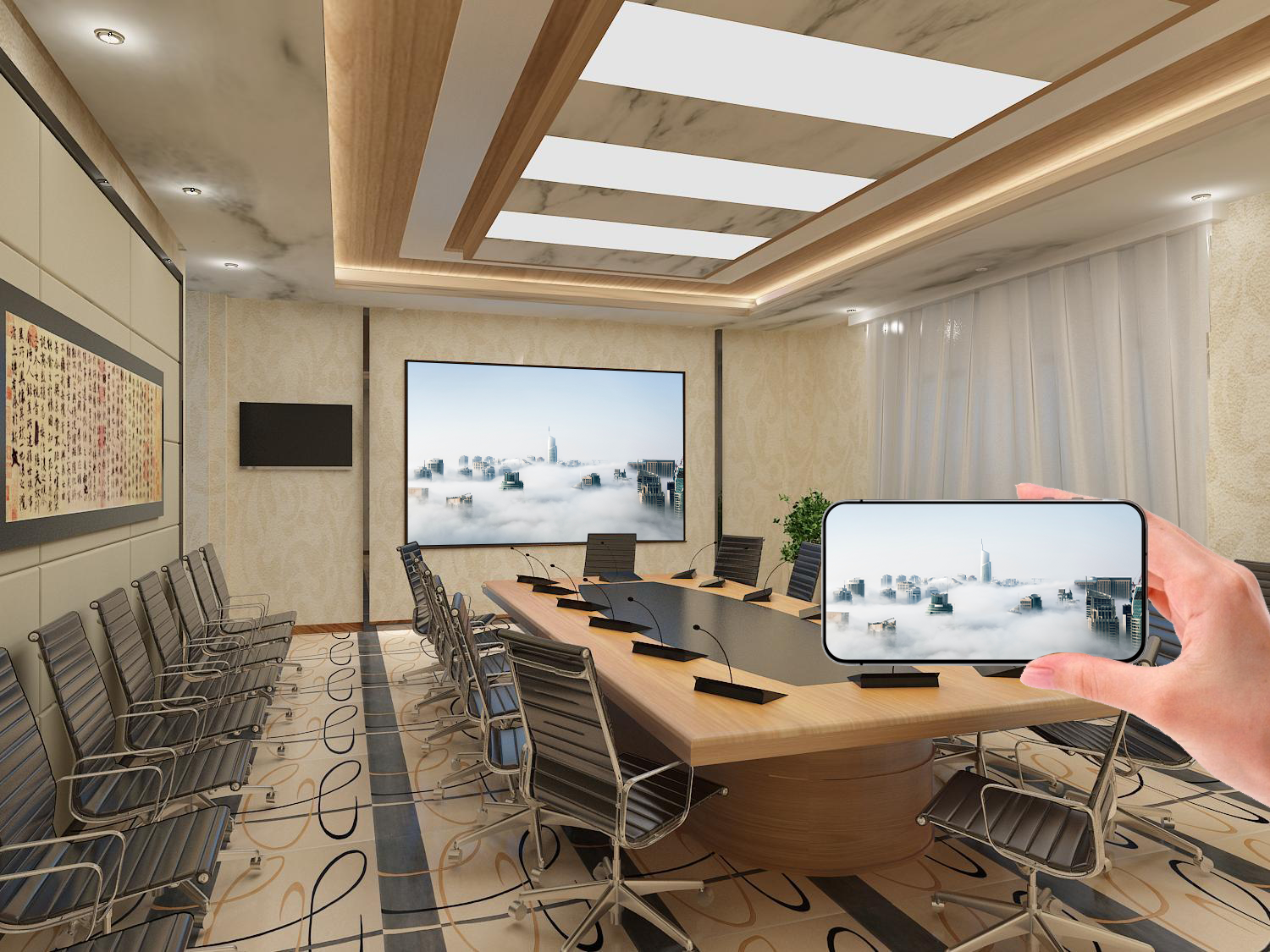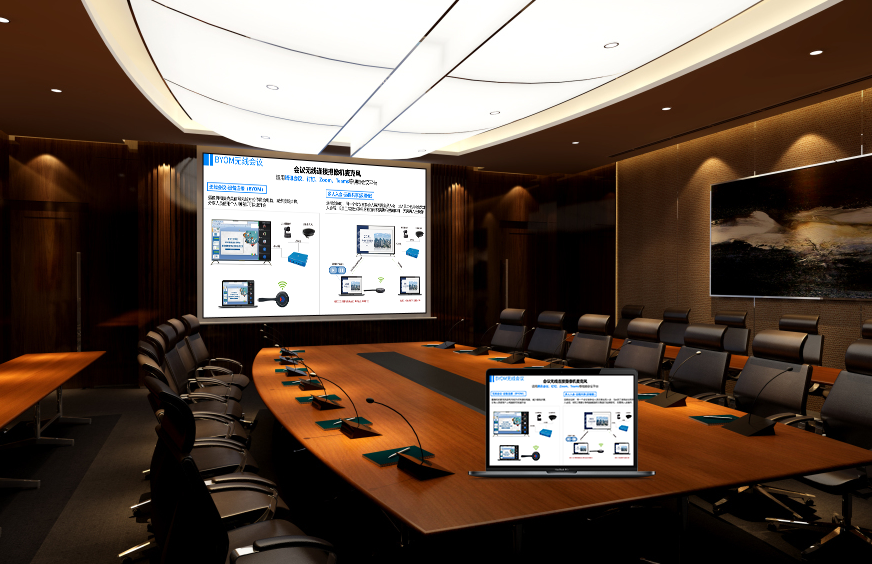DLNA: A Cross-Device Media Sharing Solution
The DLNA solution is built on the Digital Living Network Alliance protocol and focuses on the seamless transfer of media content between devices like phones, computers, and TVs. It enables cross-screen playback of photos, music, and videos with simple operations. It’s perfect for scenarios like home entertainment, educational presentations, and commercial promotions, making media sharing more convenient and the experience smoother.
Universal Ecosystem Compatibility, No Barriers to Device Interconnection
It covers mainstream smart device ecosystems, regardless of brand or system:
- Mobile Devices: Android/iOS phones and tablets natively support the DLNA protocol and can connect through the system’s “Media Sharing” function.
- Computer Devices: Windows/macOS computers can enable media sharing through Explorer and Finder. Even older models can be made compatible with lightweight third-party software.
- Display Devices: Smart TVs, projectors, meeting displays, and advertising screens can all act as DLNA receivers, with no need for extra hardware modifications. With a compatibility rate of over 90%, from budget phones to high-end flagships and from regular TVs to 4K laser projectors, it truly achieves “multi-device media interoperability.”
Simple Operation, Zero Barriers to Media Transfer
It focuses on targeted media pushing, with no screen mirroring or dedicated app installation required:
- Phone Pushing: Just open your photo, music, or video app, tap the “Share” or “Mirror” icon, and select a DLNA-enabled receiver. Playback will start in 1 second, and you can use your phone for other functions without affecting what’s playing on the large screen.
- Computer Sharing: On your computer, just select the media folders you want to share, and the DLNA receiver can directly access and play the content without you having to manually transfer files.
- Multi-Device Control: Phones and computers can both act as a “remote control” to adjust the playback progress, volume, and pause/resume on the large screen, making switching between content more flexible when multiple people are sharing. Anyone can get the hang of it with simple instructions, and the operation is less complex than traditional screen mirroring.

Scenario-Specific Applications, for Diverse Needs
Home Entertainment: Immersive Sharing
- Home Theater: You can push a 4K movie from your phone or a documentary you downloaded on your computer to a TV and pair it with a sound system for a theater-like experience. It supports multi-device relay pushing, so you can take turns sharing travel videos and family photos at a family gathering without fighting over a device.
- Background Music: You can push lossless music playing on your computer to a living room sound system through DLNA. Your phone can remotely change the song list, making it easy to create a musical atmosphere throughout the whole house.
- Parent-Child Interaction: You can push children’s cartoons and educational videos to the TV. A parent can use their phone to control the playback pace and pause to explain concepts, balancing entertainment with education.
Educational Presentations: More Efficient Media Teaching
- Lesson Materials Playback: A teacher can use a computer to push educational videos and animated materials to a large teaching display through DLNA. The computer can be used at the same time to go through a presentation, so there’s no need to switch windows and interrupt the flow of the lesson.
- Student Work Sharing: A student can use their phone to push a video of a lab experiment or a drawing to the large display, so the whole class can give feedback. There’s no need to upload them to a computer or copy them to a USB drive, which saves class time.
- Multi-Material Sync: Multiple devices can push different media (audio, video, images) to a large screen, which can display them in a split-screen view, making comparative teaching more intuitive.
Commercial Promotions: Flexible Content Display
- In-Store Advertising: A salesperson can use a phone to push new product videos and promotional posters to an in-store display screen, allowing them to update the content at any time to match the pace of a promotion.
- Exhibition Sharing: An exhibitor can share a product demo video from their computer to a large display at their booth, and a visitor can use a phone to control playback to focus on key parts, making it more interactive.
- Meeting Aid: You can use DLNA to push background music and video materials in a meeting, which doesn’t take up the computer screen, ensuring the presentation and media playback don’t interfere with each other.
Stable and Reliable, Effortless Management and Maintenance
- Low Power Consumption: DLNA transmission only uses a small amount of network bandwidth and can run stably in environments like a home Wi-Fi or campus network without affecting other devices’ internet access.
- Permission Management: The receiver can be set up with an “allowed devices list,” so only authorized devices can push content, which prevents interference from irrelevant media.
- Simple Maintenance: There’s no need for a backend management system. Devices can be used just by being on the same network. Any issues can be quickly fixed by restarting the network or the receiver, and maintenance costs are extremely low.
Installation and deployment are easy. You just need to have existing smart devices on the same local area network to get started. Whether for home entertainment, school media lessons, or commercial promotions, the DLNA solution is a “lightweight, efficient, and focused” way to solve the core need for cross-screen media transfer, ensuring that every piece of media reaches the large screen.